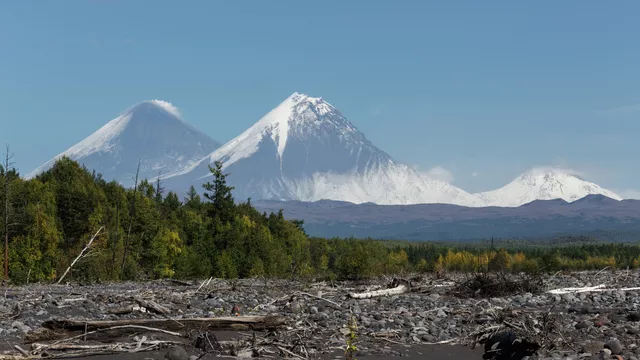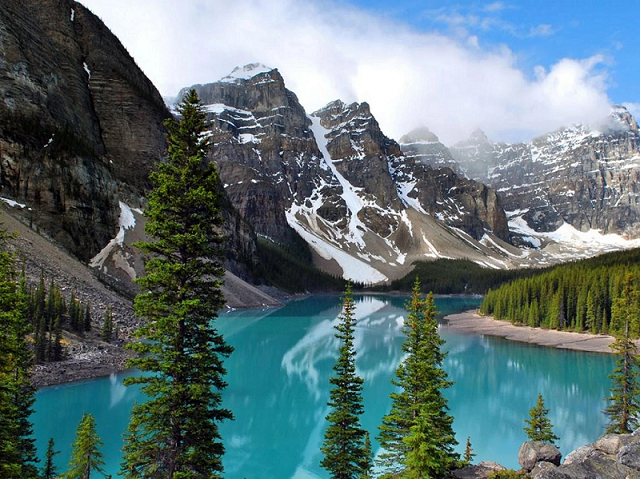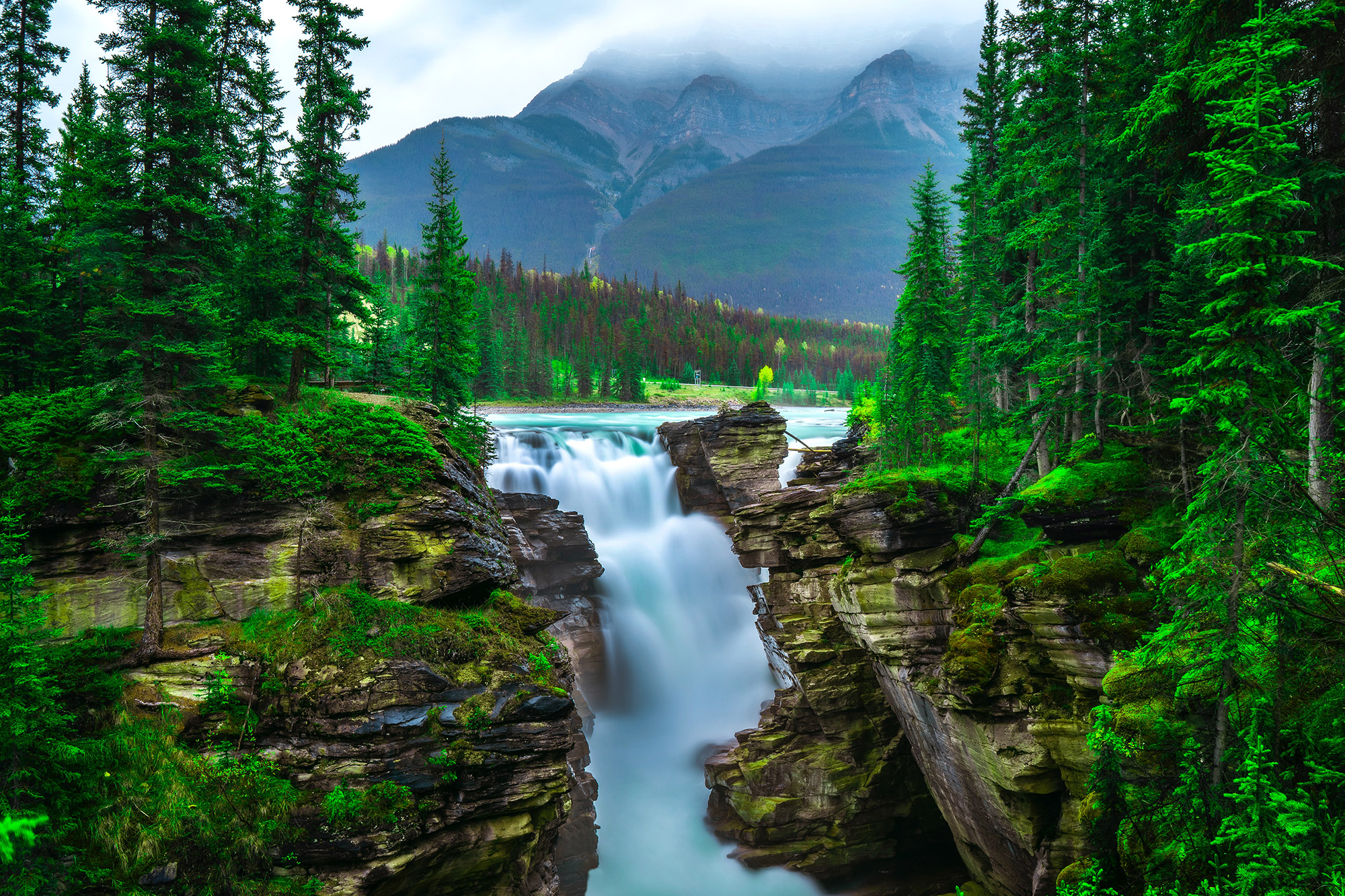Nature of Canada
Wildlife and Biodiversity in Canada
Canada's wildlife, comprising over 80,000 identified species and an equal number yet to be discovered, represents a rich and diverse ecosystem. These species are spread across five kingdoms: protozoa (1%), chromists (4%), fungi (16%), plants (11%), and animals (68%). Insects alone constitute nearly 70% of the animal species documented in Canada. Additionally, over 300 species are found exclusively within the country.
Ecosystems and Habitats
Canada features 20 major ecosystems, known as ecozones, including 15 terrestrial and 5 marine zones. Key biomes include the tundra, boreal forest, grassland, and temperate deciduous forest. Post-glacial period, Canada developed eight distinct forest regions, with approximately half of its land covered by forests, representing around 8% of the world’s forested areas.
Due to human activities, invasive species, and environmental challenges, more than 800 species in Canada are at risk of extinction, though about 65% of resident species are considered secure. Conservation areas have been established to protect and restore Canadian flora and fauna, with around 5,000 animal species and 30,000 plant species restricted from export.
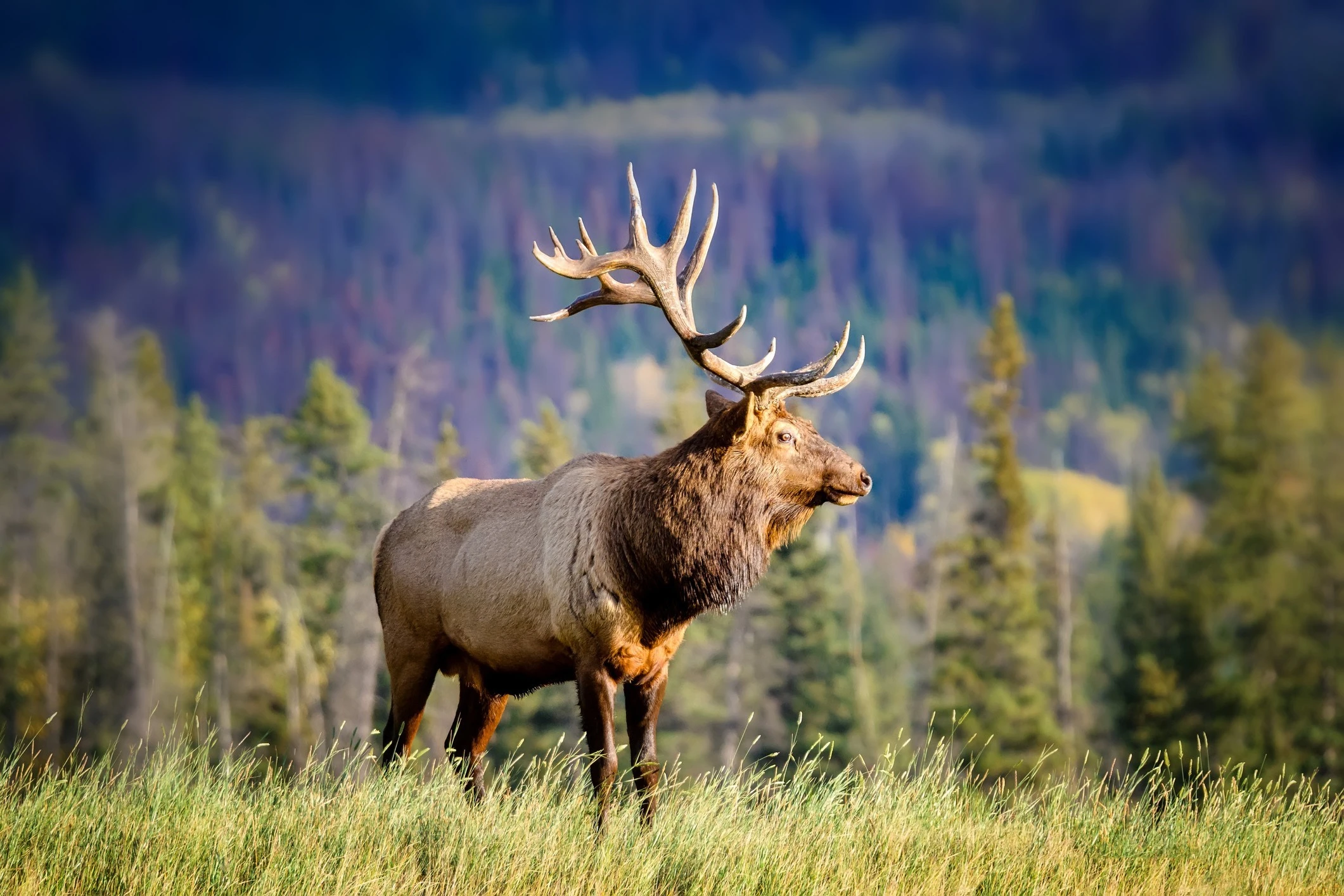
Biodiversity and Ecosystems
Canada's diverse meteorological and geological regions are divided into 15 terrestrial and 5 marine ecozones, from the forests of British Columbia and Central Canada to the prairies of Western Canada, the tundra of Northern Canada, and the marine ecosystems of the Arctic, Atlantic, and Pacific coasts. The Arctic Archipelago is the largest marine ecozone, covering 15% of Canada, while the Boreal Shield is the largest terrestrial ecozone, spanning 20%.
Flora and Fauna
Canada hosts approximately 200 mammal species, over 460 bird species, over 40 amphibian species, over 40 reptile species, and over 1,200 fish species. Invertebrates include 55,000 insect species and 11,000 species of mites and spiders.
Notable Fauna by Region:
Great Lakes: Black bear, red squirrel, North American beaver, eastern bluebird, robin.
Boreal Forest: Moose, caribou, Canadian lynx, timber wolf.
Rocky Mountains: Grizzly bear, mountain goat, bighorn sheep.
Pacific Ecozone: Cascade mountain goat, mountain beaver, northern pygmy-owl.
Great Plains: Desert cottontail, plains bison, prairie dogs.
Arctic: Musk ox, polar bear, arctic hare, snowy owl.
Marine life includes walrus, dolphins, seals, whales, and sharks, with key commercial species such as Atlantic cod and Pacific salmon. Freshwater fish include walleye, northern pike, and rainbow trout. Amphibians and reptiles, including various salamanders, frogs, toads, turtles, lizards, and snakes, also thrive across Canada.
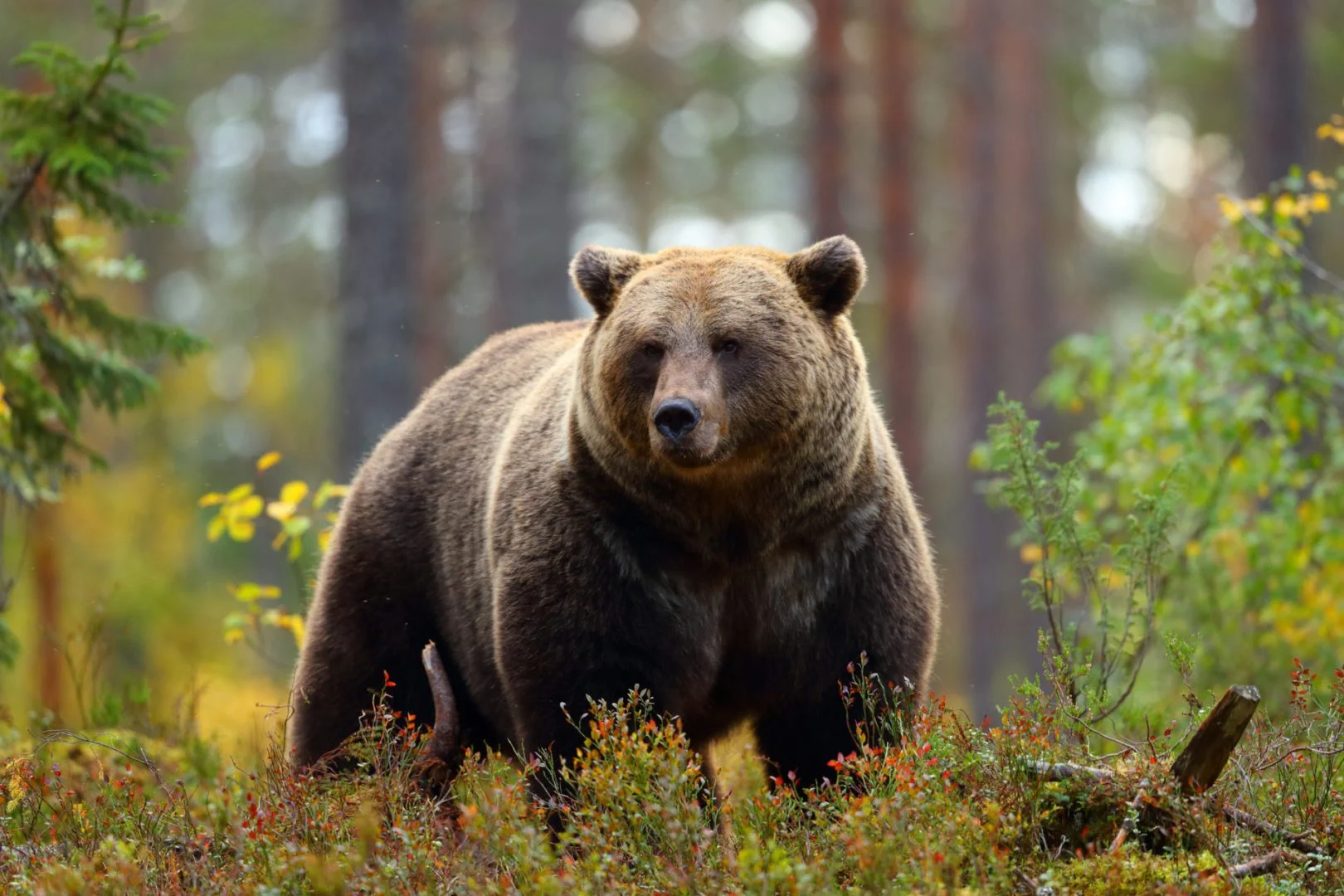
Flora:
Canada's forests, covering nearly half its land area, host about 17,000 identified species of trees, flowers, herbs, ferns, and mosses. Dominant tree species vary by region: white pine and red maple in the Great Lakes, red spruce in the Maritime region, and western hemlock on the west coast. Native plants include American ginseng and purple prairie clover.
Conservation and Species at Risk
The Species at Risk Act (SARA) aims to prevent wildlife species from becoming extinct by protecting endangered or threatened organisms and their habitats. Despite Canada's relatively low percentage of endemic species, pollution, biodiversity loss, over-exploitation, and habitat loss threaten many species, with over 800 listed as at risk, including the Canada lynx, polar bear, and North Atlantic right whale.
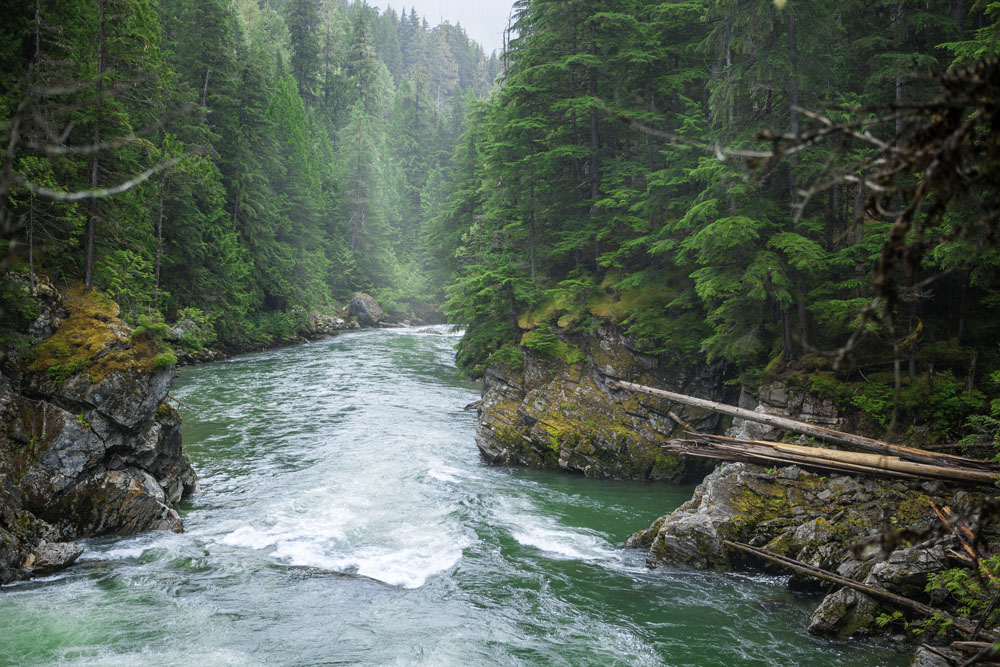
Invasive Species
Canada faces challenges from over 1,400 invasive species of fish, plants, insects, and invertebrates. Notable invasive species include the sea lamprey, zebra mussels, and the emerald ash borer. These invasives cause significant economic and ecological damage, costing billions annually in lost revenue and impacting local ecosystems.
Conservation Efforts
Approximately 12.1% of Canada's landmass and freshwater are conservation areas, with 13.8% of territorial waters conserved. Conservation areas focus on ecological integrity, historical preservation, public usage, and scientific research. Notable parks and reserves include Banff National Park, Algonquin Provincial Park, and Lake Superior National Marine Conservation Area. Established in 1911, Parks Canada was the world's first national park management agency, and the country continues to lead in conservation efforts through various federal and provincial regulations and international agreements.

